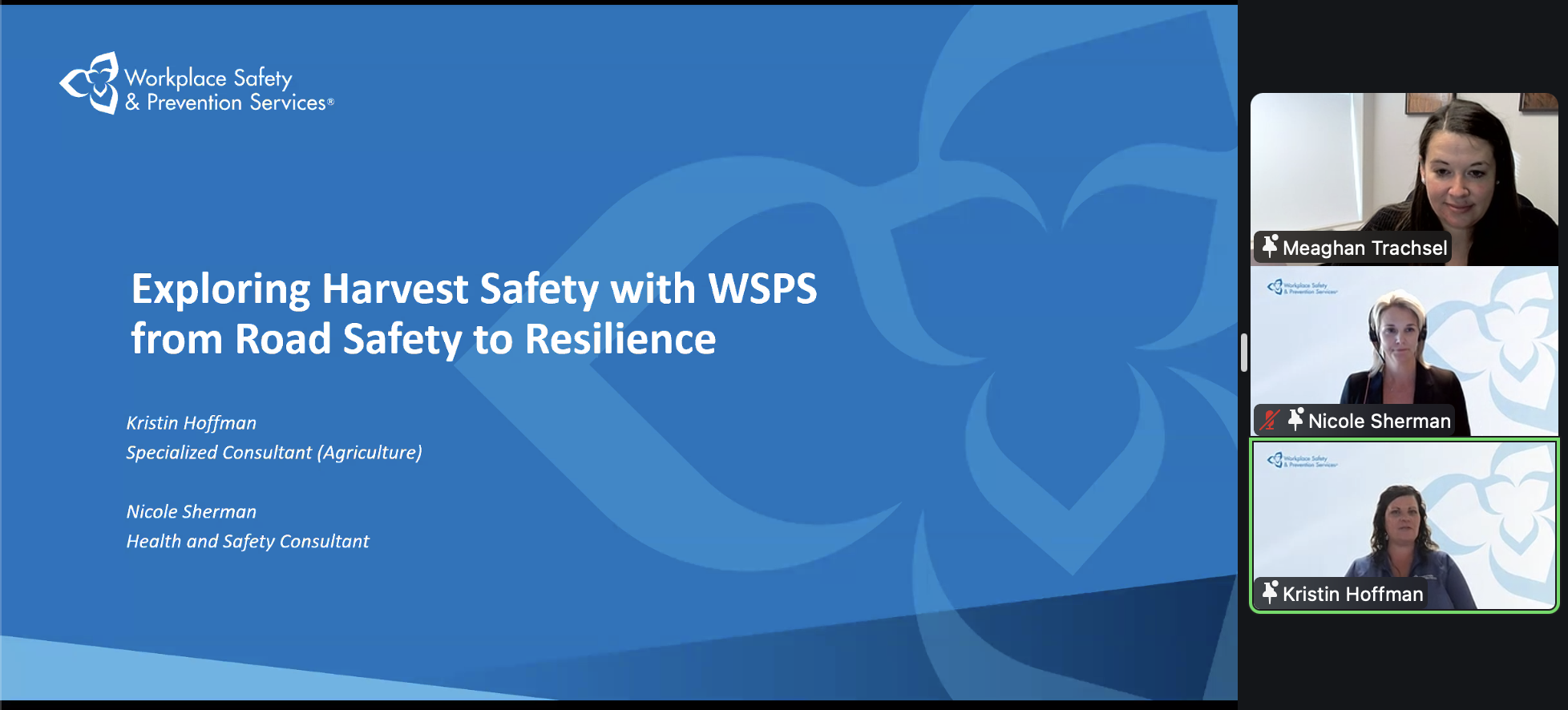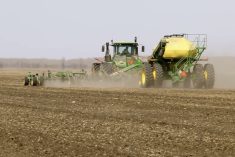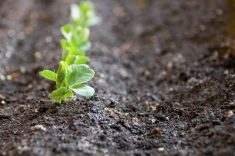Ontario’s environmental commissioner is calling on the provincial ag ministry to rebuild its soil health expertise and find ways to encourage farmers to adopt soil-friendly production practices, to deal with what she calls a “catastrophic” loss in soil organic matter levels.
The report recommends better soil carbon level monitoring and 10-year programs to financially encourage farmers to adopt soil-healthy production practices. It also suggests linking crop insurance to soil carbon levels as healthier soils have lower risk of crop failure.
This summer’s inconsistent rainfall in Ontario plainly showed the value of better soil health with average or strong yields on healthy soils with water-holding capacity and lower yields on poorer soils.
Read Also

Tips for staying safe this harvest season
Kristin Hoffman of WSPS explains measures for increased farm safety around harvest season
Environmental commissioner Dianne Saxe said in an interview that the issue of soil health is “very important. The opportunities in agriculture are important and exciting and can have so many ecological benefits.”
Saxe’s mandate is to provide guidance to provincial policy makers.
The report pointed to modern agriculture practices as significant contributors to soil degradation in Ontario, including the use of fertilizers, pesticides and tillage, instead of focusing on farming systems that emphasize the maintenance of healthy soil through crop rotation, cover crops and organic-based soil amendments such as manure and compost.
The Ontario Ministry of Agriculture, Food and Rural Affairs (OMAFRA) has neglected to focus on soil health, Saxe said.
“OMAFRA admitted they had let the issue slide and lost expertise and did not have a plan to deal with the catastrophic loss of 30 per cent of organic matter in a generation.”
OMAFRA is currently in the process of developing a soil health strategy for the province and is looking for comments on the first draft until Nov. 27.
The environmental commissioner’s report acknowledged the current rapid movement in Ontario toward more use of cover crops and minimal tillage, but it suggested such practices need to be adopted even more widely.
Saxe acknowledged farmers are making changes to their practices that are building healthier soils. “It’s exciting, isn’t it? If farmers make all of this unnecessary because of the things they do, all the better.”
She noted the rate of decline of soil matter has slowed in Ontario recently, due to some of those production practices.
The report profiles farmers in the U.S. and in Ontario who are creating changes in soil health and sequestering increasing amounts of carbon in the soil. Those farmers include the Belan family near Inwood, Ont. and the Rogers farm at Lambton Shores.
Both have shown increased soil carbon by maintaining growing roots year-round, through cover crops and other practices such as strip tillage.
Saxe pointed to the French-led 4/1000 initiative, a global program that is based on the belief that by increasing soil carbon by four per cent per year, the increase of carbon dioxide in the atmosphere can be halted, and global climate change slowed. Governments and organizations around the world have signed on and she encourages Ontario to do the same.
Farmers shouldn’t have to bear the burden of stopping climate change, which is why Saxe has included a recommendation of 10-year funding for farmers moving to healthier soil practices.
Not much in the report will be new to farmers; many are using some of the methods identified as best practices in the report. They include:
- Conservation tillage
- Crop rotation
- Cover crops
- 4Rs of fertilizer application (right source, right rate, right time and right place)
- Composting and compost utilization
- Livestock integration with farms (producing manure for crops and including use of pasture and forage crops in rotations)
- An ecological approach to grazing management
A unique recommendation of the report encourages the government to tie crop insurance premium and risk assessment to soil health. Saxe said healthier soils reduce risk of crop failure and those with healthier soils should have advantages when it comes to crop insurance.
Saxe encourages farmers to read the report and form their own opinions. Farmers were consulted on the report and reviewed the drafts.
“I hope you notice that I didn’t tell farmers what to do. I am certainly not trying to tell farmers how to grow their crops. That would be foolish of me. It is my job to comment on government policy and this is an area that needs a tuneup.”
Saxe’s report is the latest in a number of initiatives in the province around soil health, including the Great Lakes Agricultural Stewardship Initiative (GLASI); OMAFRA’s renewed interest in soil health; a $2 million soil health monitoring project at the University of Guelph; and a significant focus by the Ontario Soil and Crop Improvement Association on soil health research projects.
— John Greig is a field editor for Glacier FarmMedia based at Ailsa Craig, Ont. Follow him at @jgreig on Twitter.













